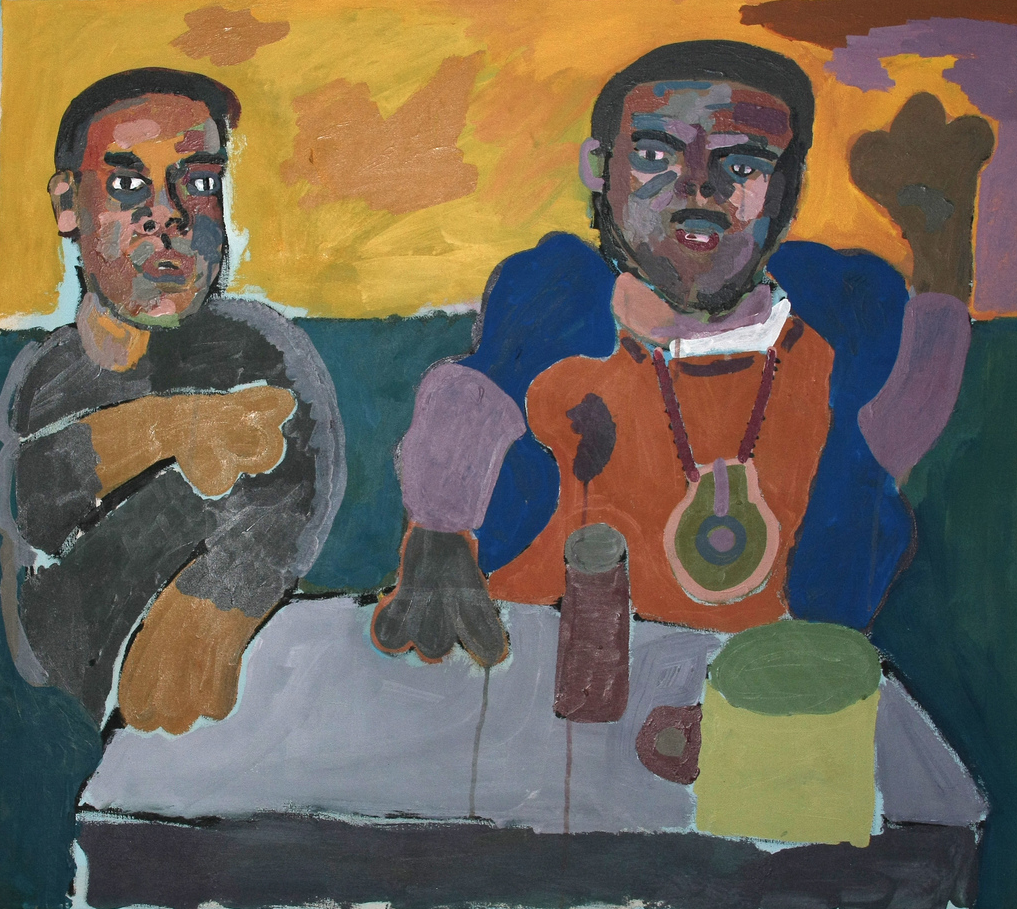
Japanese fashion designer Rei Kawakubo released a runway collection that prominently featured “tumor dresses” in October 1996. That was not the name she gave them, naturally, but the bulbous, irregular forms jutting out of the backs and fronts of nylon and gingham dresses in her now legendary “Dress Meets Body, Body Meets Dress” collection garnered honorifics referencing malignant medical conditions and misshapen literary characters.
When it comes to the groundbreaking designs of Kawakubo, the shaky relationship between the fashion industry and the art world — the former unapologetically grounded in commerce and the latter more coy and less transparent — is irrelevant. Kawakubo’s staple creations are nothing short of artworks. The playful garments and fashion constructions sold under her label Commes des Garçons (“Like the Boys”), forever transformed the perception of the female body in fashion, making way for loose, asymmetrical garments that did not accentuate the standard feminine silhouette. She joined fellow Japanese designers Issey Miyake and Yohji Yamamoto in leading a movement of avant-garde designers that now includes Jun Takahashi, Junya Watanabe, Naoki Takizawa — the list goes on.
Ordinarily, fashion students at the School of the Art Institute of Chicago can gain access to garments by these Japanese designers in the Fashion Resource Center (FRC), located on the 7th floor of the Sullivan building. After minor check-in procedures, they are able to see, touch and feel the thick stitching on a top made of cowhide leather by Kawakubo, or the construction of an irregularly underwired skirt by Yamamoto. But, through April 7, 2013, the garments will be dressing a collection of lanky mannequins in the shadowy Tadao Ando Gallery of the Asian art wing of the Art Institute of Chicago, as part of the exhibition titled “Material Translations: Japanese Fashion from the School of the Art Institute of Chicago.”
“Material Translations” celebrates the 25th anniversary of the FRC, displaying only a small subset of the select collection that has been under the direction of Gillion Carrara since its inception. An authority in contemporary fashion discourse, SAIC faculty member and current director of the FRC, Carrara was granted the opportunity a quarter century ago to start a very specific collection of garments, books, magazines, lookbooks, and catalogues for fashion students. “When I came in, being a member of the American Costume Society and attending symposiums, nationally and internationally, I knew that at an art school we needed a resource center,” she explained. Knowing that Japanese designer garments “are at the top of the list of the things that you want to collect,” over the years the FRC has established a very reputable collection.
Carrara, alongside FRC assistant Director Caroline Bellios, is proud to exhibit the innovative garments, she said, and was excited about collaborating with the AIC for the first time. Over a year and half, she worked with a small committee of people that included SAIC Vice Provost Paul Coffey, Dean of Faculty Lisa Wainwright, former Chancellor and SAIC president Tony Jones, and Art Institute Director Douglas Druick who, Carrara said, made sure the exhibition happened.







